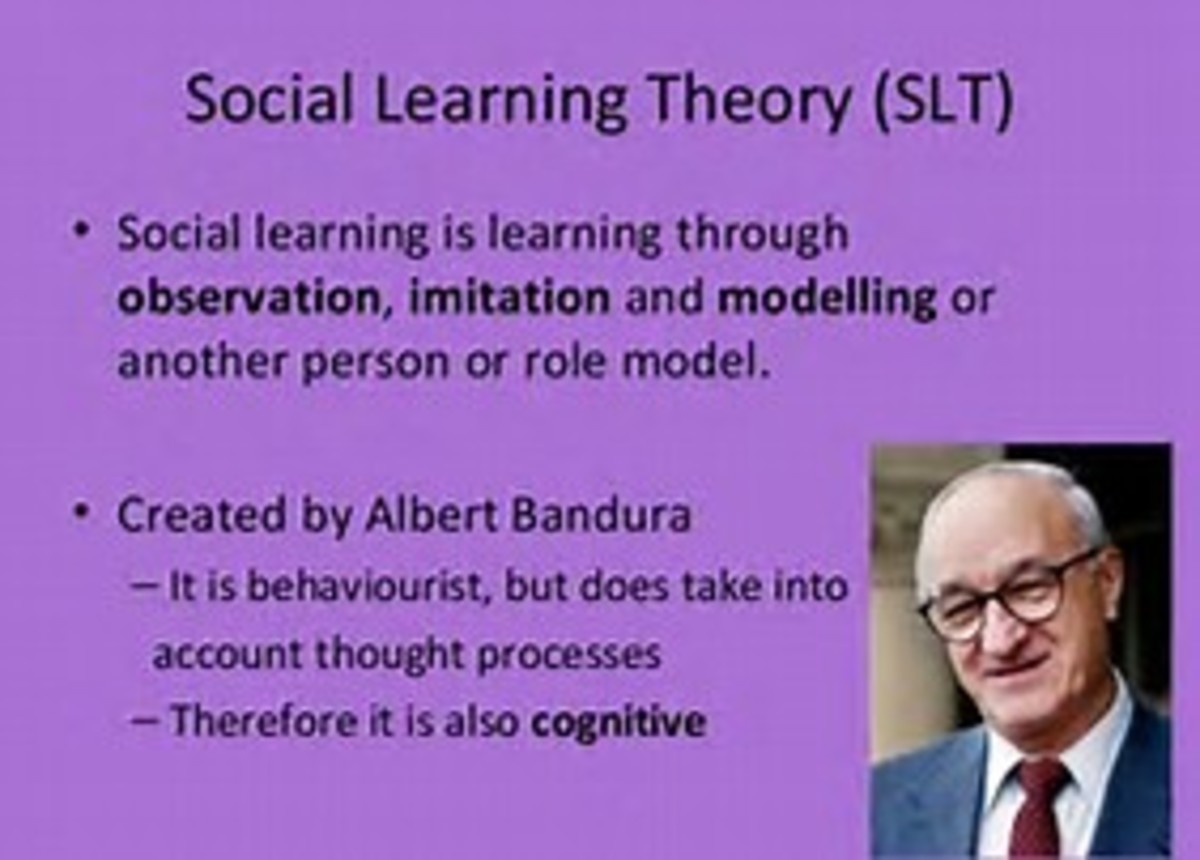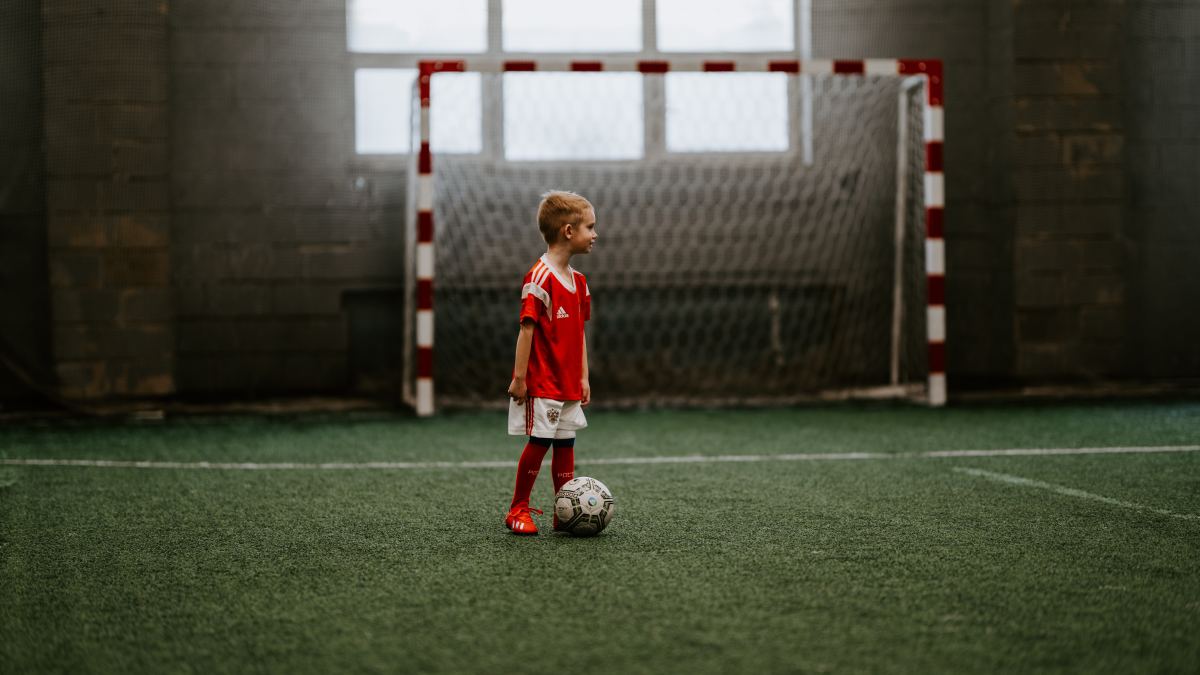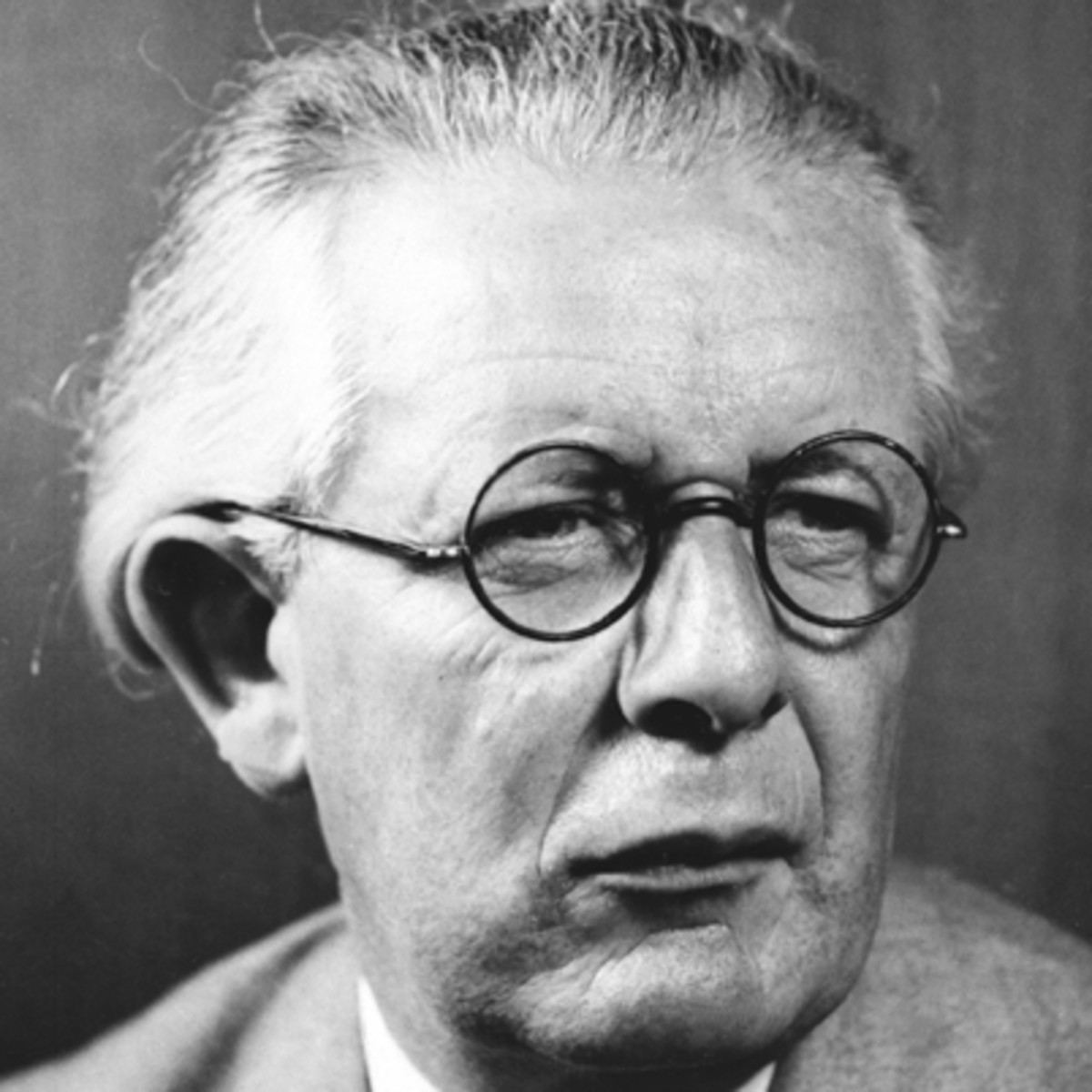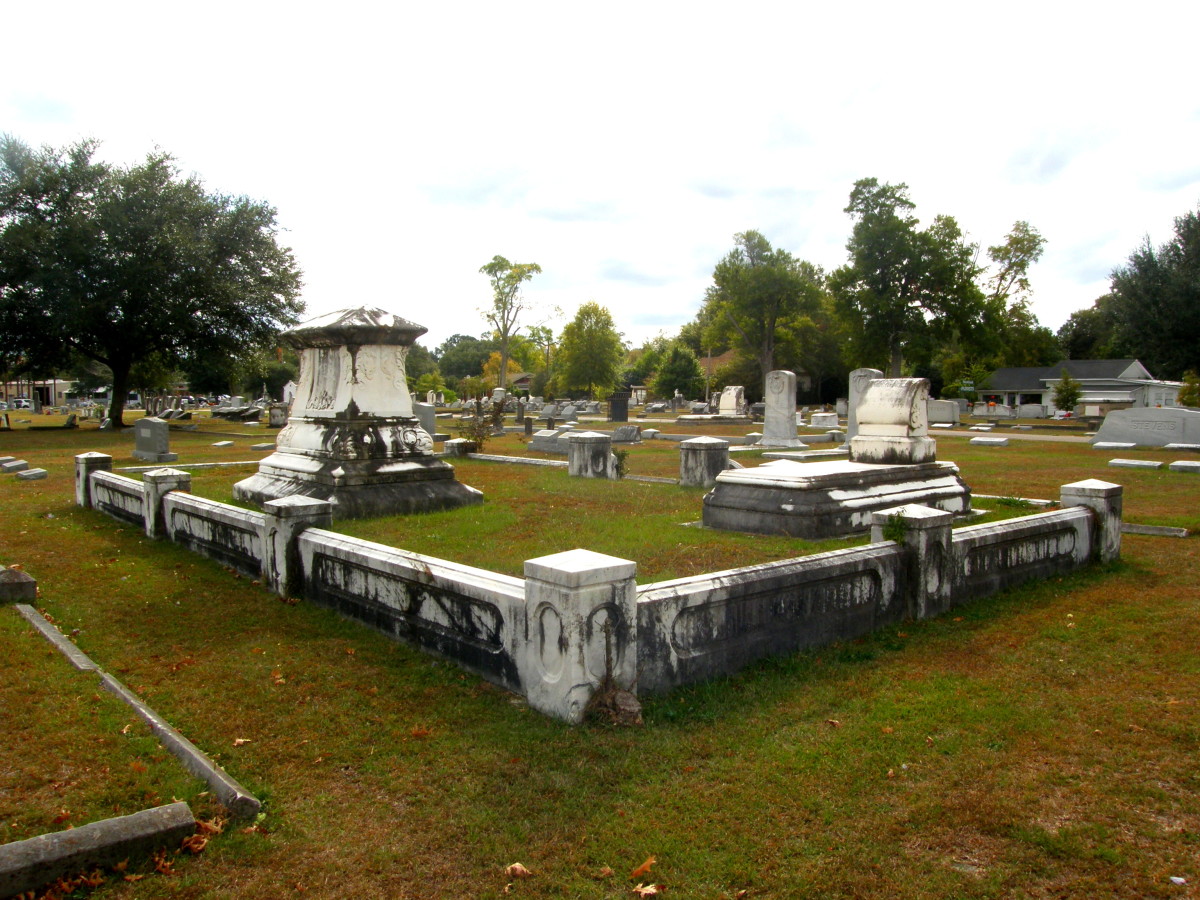Jean Piaget's Cognitive Development Theory for Children Age 0-15 Years
Jean Piaget: A Short Bio
Jean Piaget
- Birth Place: Neuchatel, Switzerland
- Born: August, 1896
- Died: October, 1980
- Education Career: (Swiss) Clinical Psychologist (Brainerd, 1996)
- Piaget: “Theory of Cognitive Development” (LeFrancois, 2011)
Jean Piaget's Cognitive Development Theory
Jean Piaget:
Piaget’s Stages of Development in Children Ages 0-15 Years Old:
- Sensorimotor: Ages 0-2 years old
- Preconceptual: 2 years – 4 years old
- Preoperational: 2 years – 7 years old
- Intuitive: 4 years – 7 years old
- Concrete operations: 7 – 11 or 12 years old
- Formal operations: 11 or 12-14 or 15 years old (LeFrancois, 2011, p. 2.4)
Some Experts Oppose or Argue Against Piaget’s Learning Theory
-Criticism of Piaget’s research methods in that his observations were just of his three children and no other kids (Cherry, 2014).
-The criticism that all average children will not automatically move up to the next stage – that the child’s environmental issues can play a significant role in a child’s learning (Cherry, 2014).
-Critics thought that Piaget underestimated the cognitive abilities of many children. These critics believed that many children arrived at Piaget’s stages before the ages he stated they would come (Cherry, 2014).
-Even though there are not many true Piagetians in today’s world, many educators still applaud his legacy. Most of us realize today that children are not just smaller adults, but in fact, believe that children primarily think in a different way than adults (Cherry, 2014).
-The findings obtained from a cognitive study of children disagreed with Piaget’s findings. This new study received answers from children who stated that they continued to engage in pretend play and fantasy up to about 11 years old. “Piaget (1962) asserted that children stop engaging in pretend play when they enter the concrete operational stage because they become able to accommodate reality and no longer need to assimilate it to their wishes” (Smith & Lillard, 2012, p. 524).
I am in agreement with many parts of Piaget’s Theory: Stages of Children’s Development in Learning for Ages 0-15 Years:
• Yes, for the most part, I agree with Piaget’s learning theory, involving stages, when it comes to children ages 0-15 years old. As I chose and put together my three scenarios for the next question, I considered very well what Piaget had informed regarding each age group. Everything seemed to match the age levels and their methods of thinking as I have experienced with children from 0-15 years- old.
• My one disagreement would be in his method of participant selection for his research he conducted on the learning stages in children. Critics had stated that Piaget’s only participants for his study involving children’s cognitive stages were his three children. Only three youngsters selected as participants for a study of this magnitude does not meet the qualifications of valid and reliable theory. Piaget should have chosen and utilized a much larger number of participants to successfully represent the general population of children for all ages 0-15 years old. Piaget should have chosen a large (study-appropriate) number of infants for this study, and then he should have continued studying these youngsters through the age of 15 years old. The research method, then, would have been an appropriate way one that would better meet the criteria for being valid and reliable.
Scenarios Showing "how" the Learning Theory would "Look" in my Future Classrooms
Scenario Showing "how" the Learning Theory would “Look” in my Future Classroom of 2- and 3-Year-Old Toddlers:
• 2- and 3-year-old toddlers at a day care center. At this day care, there are eight toddlers to watch and provide attention and safety. As the teacher of this age group, I was also in charge of setting the room up to make it safe and fun for the toddlers. This age group loves to play, but they play individually instead of with each other. At this time in their lives, they are not interested in making friendships or sharing toys, so I had purchased enough toys to go around a couple of occasions to keep them entertained. These toys I bought are also educational toys. The toys promote motor skills, hand and finger dexterity, and eye and hand coordination. After breakfast for the toddlers, play time begins. Each toddler finds a toy to play with, but before long one child wants a toy that another child has. Just as Piaget had stated, toddlers are self-centered at this age, very me-oriented, and they don’t want to share. I make my way over to them quickly to fix the problem, and I do so by presenting them with other toys in which to play. Then, they are in their world again (alone in a crowd) – happily playing.
Scenario Showing "how" the Learning Theory would “Look” in my Future Classroom of 4-through-7-Year-Old Children:
Ages 4 through 7, I agree that children of this age group do give a lot of intuitive answers. These answers would not be thought out answers, but answers that the children readily have after they hear the question. I would keep this in mind in my teaching of first graders. I would first read a short story that the children would like from an age-appropriate children’s book. This story would be very short – about four pages. Then, after each page, I would present an easy question to the children in the classroom, and have them raise their hand when they think they know the answer. The children would present a lot of fun, intuitive answers to the questions, and then, we would go over the story together (that one page) until we come up with one uniform answer that is the correct answer. This method would be a learning experience for the children that would match their age readiness, their interest level, and also would fit in with Piaget’s theory of stages (LeFrancois, 2011).
Scenario Showing "how" the Learning Theory would “Look” in my Future Classroom of 10-and-11-Year-Old Children:
• With my fifth grade class, 10 and 11-year-olds, I would have the children decide on a science project that we could conduct indoors. This science project would be age appropriate for the students. The project would be one that works well as a group project with each child (small class) having input in the completing of this science project. This project would be one that involves the children’s natural surroundings. This age group can make concrete decisions about the project. I would let the children work in groups of three, and there would be five groups. I would walk around the room where I could see and hear how the children are doing. They will be able to ask me questions about the project, and I will answer them. I will also give additional input when I see a group of children that could benefit from teacher information. I would keep their minds thinking about all important aspects of the project. This science project will be exciting and fun for the children. The project works on the idea of constructivism which many children like and learn well. Also, this scenario fits well with Piaget’s theory of levels about 10 and 11-year-old youth (LeFrancois, 2011).
Scenario Showing "how" the Learning Theory would “Look” in my Future Classroom of 14-and-15-Year-Old Adolescents:
• I am teaching a ninth grade class of students who are ages 14 and 15 years old. This age group of students is now able to conduct formal operations when it comes to cognitively thinking about things. This class that I am teaching is a psychology class. Psychology 101 for high school students. At this age group, learning about and generating hypotheses are appropriate. The subject will be something that is appealing to the students. They will each write a one to two-page paper about the subject. The students will include their hypothesis, along with the reason(s) why they think their hypothesis is correct. This assignment will be appropriate to the students’ age group. Also, this assignment will meet Piaget’s formal operations for this age group, and Piaget’s stating that this age group can conduct theoretical development on a topic in which they have interest and knowledge (LeFrancois, 2011).
References
Brainerd, C. (1996). Piaget: A centennial celebration. Psychological Science (0956-7976), 7(4),191-195.
Cherry, K. (2014, Apr. 27). Support and criticism of Piaget’s stage theory. Psychology. Retrieved online at https://www.verywell.com/support-and-criticism-of-piagets-stage-theory-2795460
LeFrançois, G. (2011). Psychology for teaching(11th ed.). San Diego, CA: Bridgepoint Education, Inc. This text is a Constellation™ course digital materials (CDM) title.
Smith, Eric D., and Angeline S. Lillard. 2012. "Play on: Retrospective reports of the persistence of pretend play into middle childhood." Journal Of Cognition And Development 13, no. 4:524-549. ERIC, EBSCOhost (accessed August 6, 2016).
© 2017 Debbie Lawson








